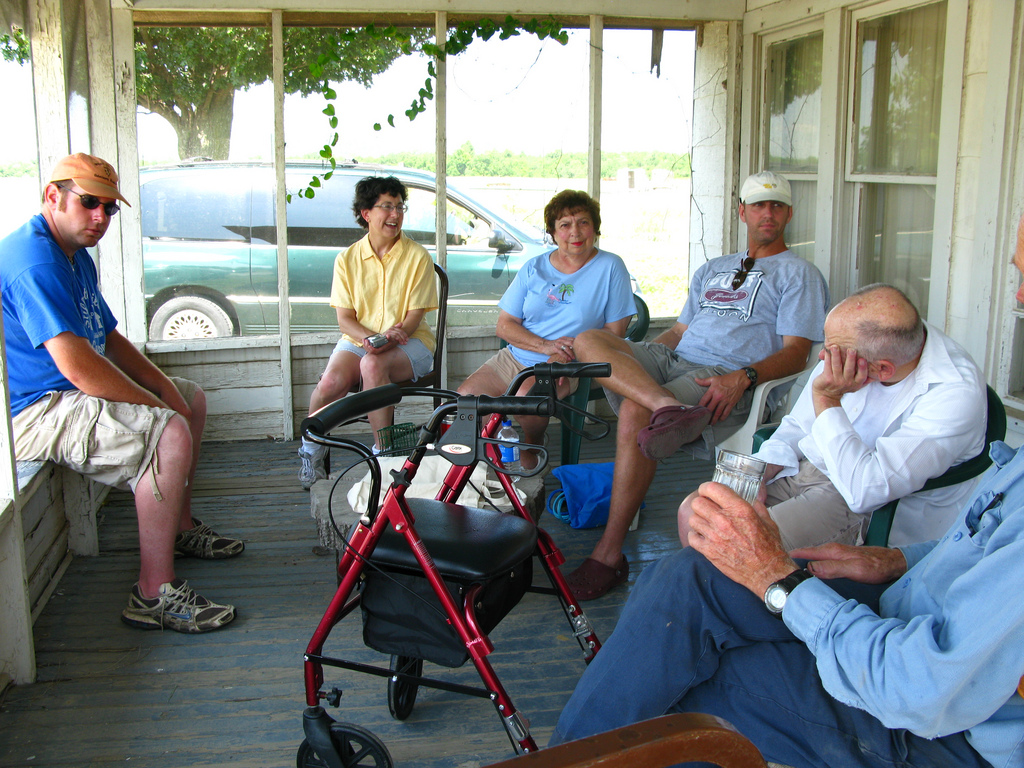23 Sep Viewing vs. Visitation – Is there a difference?
Yes, there is a big difference and it is helpful to understand what each type of service is so you can make the best decision for your family of loved one, regardless if they are going to be buried or cremated.
Like any profession, those who provide funeral and cremations service have their own terminology or “lingo” but in this case, viewings and visitations are separate services. However, occasionally even funeral and cremation professionals inter-mingle the two.
Viewings
Quite literally, viewings provide an opportunity for family members and friends to “view” the deceased and pay their final respects. This can be done at a funeral home, crematory, church, community hall, or private residence. Frequently the viewing is done prior to a traditional funeral service and guests are invited to come to the service early in order to view the deceased.
Visitations
Visitation services are times when the family makes itself available to friends other family members who wish to express their sympathy directly. Funerals and memorial services frequently leave little opportunity for the people to spend more than just a few moments in a receiving line to share their feelings with the family. Visitations provide the ideal opportunity for those who wish to have more time to share memories and thoughts with the family. Visitations can also take place at residences, funeral homes or common meeting areas.
How direct cremation is changing viewings and visitations
Traditionally, the body is almost always embalmed when being publicly presented, but it is not legally required. With the significant rise in direct cremation, families are choosing more affordable and simpler services. As a result, cremation service providers, are also adapting the services they provide, adapting them to the direct cremation option.
Many crematories are creating areas where families can do simple viewings of their unembalmed loved one. Newer crematories are installing newer technology to meet the needs of families who wish to personally take part in the cremation experience. For instance, aCremation’s families in Dallas and Houston can view their loved one but also initiate the actual cremation process and then stay and observe while the cremation occurs.
When direct cremation viewings are not recommended
One important thing I share with families about viewing an embalmed body prior to cremation is that it is significantly different than what most families are used to experiencing. Unless special arrangements are made, a typical direct cremation viewing does not involve embalming or any cosmetic improvements. As a result, many families choose not to have a viewing so their last memories are of their loved one prior to death. On the other hand, some families prefer to see the deceased in a purely natural state knowing the body has not gone through any unnatural procedures like embalming.

Memorializations can be special times set aside for informal visitation with family members. Formal service are not required.
Typically, the body will be presented on a table draped with sheets or in the actual cremation container. Times when families should consider not have a viewing:
- If a long-term illness caused significant changes to the body
- When a full autopsy was performed
- When the deceased was not immediately cared for at a morgue or funeral home (increasing the rate of natural body decomposition)
- If a funeral director’s professional opinion is that the loved one’s natural state is no longer appropriate for viewing
In cases where it has been several days since the death, families should consult with the funeral director to see if a viewing is still appropriate. Respectable funeral directors are ultimately more concerned with the families experience than the additional revenue that would make from a viewing. When the recommendation is made, it is because they truly believe the experience will not be a positive one, unless additional services (such as embalming or cosmetics) are used.
If you would like additional information on the viewing options available in Texas (Dallas, Houston, Austin, and San Antonio) or California (Los Angeles, San Diego, and San Francisco), please contact us and an Arrangement Counselor can provide additional information.

